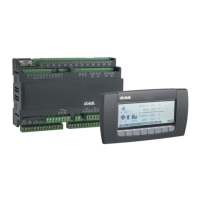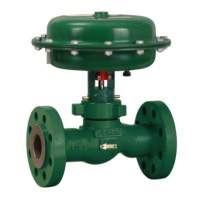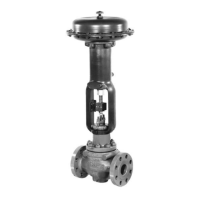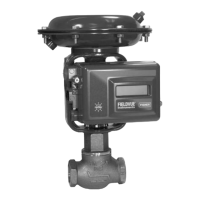33
Terms and Definitions
Terms and Definitions
November 2019
Safety Manual
00809-0400-5100, Rev AB
Appendix B Terms and Definitions
Table B-1. Terms Used in Safety Instrumented Systems
Term Description
BPCS Basic Process Control System
Demand rate How often it will be required from a safety integrity system (or the
safety function) to react on inputs from process to bring it into a safe
state, i.e. to issue an alarm
FIT Failure in Time (1 FIT = 1failure/10
9
h)
FMEDA Failure Modes, Effects and Diagnostics Analysis
HFT Hardware Fault Tolerance
High mode of operation The safety function is only performed on demand, in order to
transfer the EUC into a specified safe state, and the frequency of
demands is greater than one per year
LAHH Level Alarm High High
Low mode of operation The safety function is only performed on demand, in order to
transfer the EUC into a specified safe state, and the frequency of
demands is no greater than one per year
Mode of operation The way in which a safety function operates, which may be either
low mode of operation or high mode of operation
PFD
avg
Average probability of Failure on Demand
PFH (average frequency of
a dangerous failure per
hour)
Average frequency of a dangerous failure of an E/E/PE safety related
system to perform the specified safety function over a given period
of time
SFF Safe Failure Fraction summarizes the fraction of failures, which lead
to a safe state and the fraction of failures which will be detected by
diagnostic measures and lead to a defined safety action.
SIF Safety Instrumented Function
SIL Safety Integrity Level
SIS Safety Instrumented System
Type B component Complex component (using micro controllers or programmable
logic)
1oo1D Architecture consisting of a single channel with additional
diagnostic capabilities.
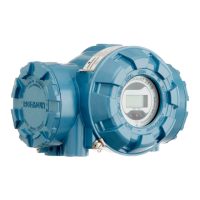
